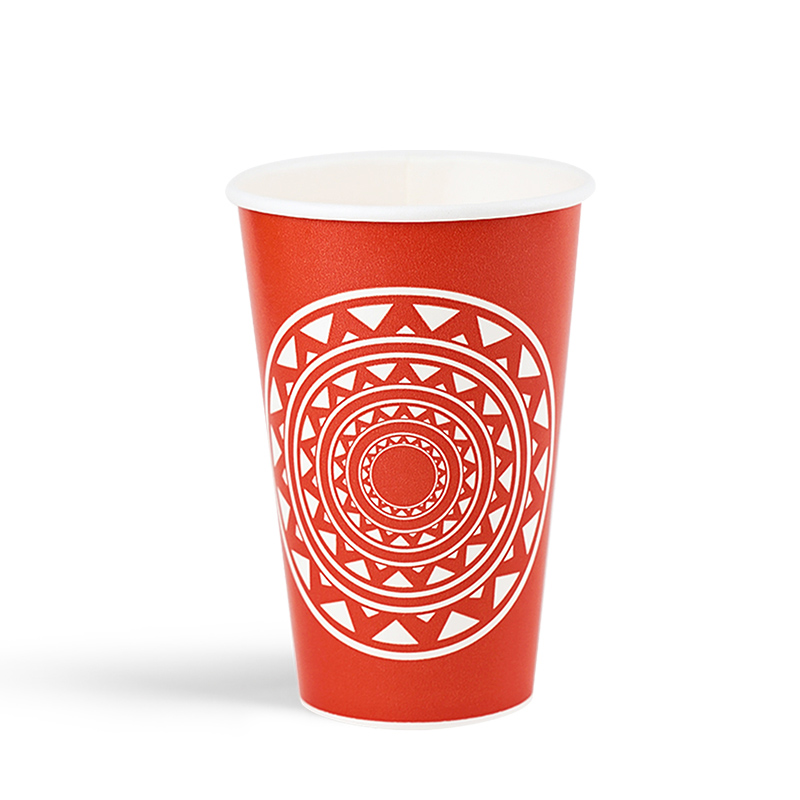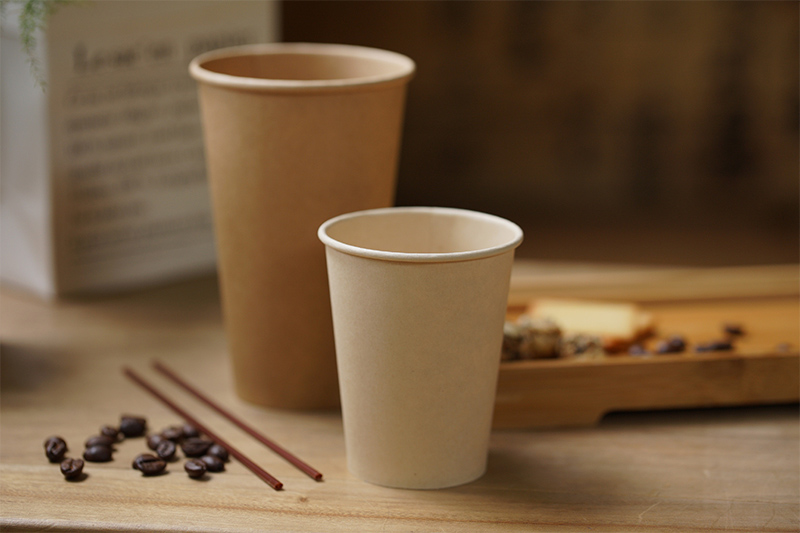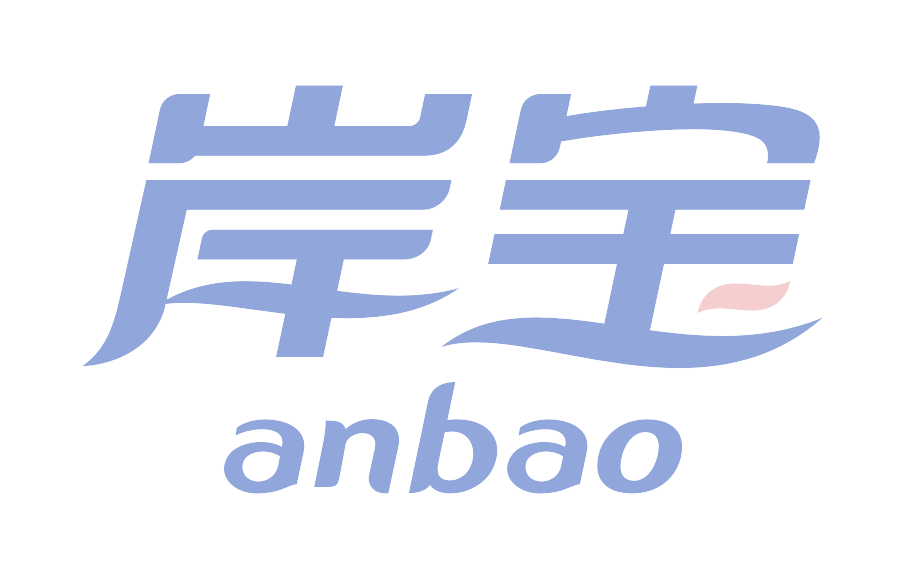
Single wall paper cups are ubiquitous in daily life, serving as convenient vessels for hot and cold beverages in cafes, offices, events, and convenience stores. Unlike double-wall or insulated cups, they feature a single layer of paper with a protective coating, balancing affordability and functionality. While often viewed as a simple disposable item, modern single wall paper cups incorporate thoughtful material design, cater to specific usage scenarios, and are evolving to address environmental concerns—making them more than just a temporary holding solution.
Material Composition: Balancing Function and Safety
The effectiveness of a single wall paper cup relies on its carefully engineered material structure. The base is typically made of food-grade kraft paper or bleached paperboard, chosen for its stiffness, durability, and ability to hold shape without collapsing under liquid weight. Kraft paper, derived from unbleached wood pulp, offers natural strength and a rustic aesthetic, while bleached paperboard provides a smoother surface for printing logos or designs—critical for brands looking to enhance customer experience.
To prevent liquid from seeping through the paper, a thin protective coating is applied. Historically, many cups used polyethylene (PE) coating, a type of plastic that creates a waterproof barrier. However, in response to sustainability demands, an increasing number of single wall cups now use polylactic acid (PLA) coating—a biodegradable polymer made from renewable resources like corn starch or sugarcane. PLA-coated cups retain the same waterproof performance as PE-coated ones but break down more easily in industrial composting facilities, reducing plastic waste.
Safety is a top priority in material selection: all components (paper and coating) must comply with global food contact standards, such as the U.S. FDA’s 21 CFR or the EU’s Regulation (EC) No 10/2011. These standards ensure that no harmful chemicals leach into beverages, even when holding hot liquids (up to 95°C, the typical temperature of coffee or tea).
Scene-Specific Adaptations: Beyond Basic Beverages
Single wall paper cups are not one-size-fits-all—they are tailored to different beverage types and usage environments. For hot beverages (coffee, tea, hot chocolate), cups are designed with slightly thicker paper to provide minimal insulation, preventing immediate heat transfer to the user’s hands. They also often include a rolled rim—a reinforced edge that adds structural stability, ensures a tight seal with lids, and prevents paper fibers from peeling into the drink.
For cold beverages (soda, iced coffee, smoothies), single wall cups may have a lighter paper weight (since insulation is less critical) and sometimes feature a wax coating (instead of PE or PLA) for short-term use. Some cold-beverage cups also have a wider base to accommodate ice cubes without tipping over, and their surfaces may be treated to resist condensation—keeping the outer layer dry and preventing slippage.
In event settings (concerts, festivals, conferences), single wall cups are often produced in smaller sizes (8oz or 12oz) for easy portability, and their designs may prioritize stackability—allowing vendors to store and dispense large quantities efficiently. In offices, larger sizes (16oz or 20oz) are common, and cups may be uncoated or lightly coated for cost-effectiveness, as they are typically used for shorter periods with room-temperature or cool water.

Sustainability Progress: Reducing Environmental Impact
Single wall paper cups have long faced criticism for their environmental footprint, but the industry is making significant strides to improve sustainability. One key advancement is the shift to compostable materials, as mentioned earlier—PLA-coated cups, when paired with compostable lids (made from materials like sugarcane fiber or PLA), can fully decompose in 3–6 months in industrial composting conditions, compared to PE-coated cups, which can take decades to break down.
Another focus is recyclability. While traditional single wall cups (with PE coating) are difficult to recycle (the plastic coating separates from the paper during processing), new “easy-to-recycle” designs are emerging. Some manufacturers use thinner PE coatings that can be more easily removed during recycling, while others are developing paper-only cups (without plastic or PLA coatings) treated with plant-based waterproofing agents—though these are still in early stages and work best for cold beverages.
Waste reduction efforts also extend to production: many brands now use water-based inks for cup printing (replacing solvent-based inks that release harmful volatile organic compounds) and optimize material usage to minimize paper waste during manufacturing. Additionally, some regions have implemented cup recovery programs, encouraging consumers to dispose of used cups in dedicated recycling bins, which are then sent to facilities specializing in paper cup recycling.
Safety and Compliance: Ensuring Consumer Trust
Beyond material safety, single wall paper cups must meet specific performance standards to ensure they are fit for use. For example, they must pass heat resistance tests—remaining stable and not leaking when filled with hot liquid for at least 30 minutes (the typical time a user takes to finish a beverage). They also undergo stacking tests to ensure they can support the weight of 20–30 stacked cups without collapsing, which is critical for storage in cafes and offices.
In regions like the EU, single wall cups are also subject to microplastic migration tests, which check that no tiny plastic particles (from PE coatings) leach into beverages—especially when exposed to heat. These tests, along with regular quality control checks during production, ensure that cups are safe for consumers of all ages, including children and pregnant people.


